Acacia: Documents released under FOI laws show chaos at Top End hospitals after new tech flop
NT Health has always maintained the botched introduction of a new flagship patient health records system into the Royal Darwin and Palmerston emergency departments did not risk patient safety. We now know that was a lie.
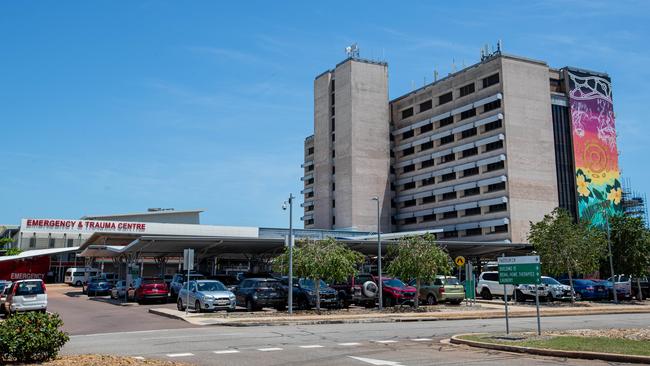
Northern Territory
Don't miss out on the headlines from Northern Territory. Followed categories will be added to My News.
Issues with the Territory’s flagship $259m patient health records system Acacia were flagged by medicos “two to four years” prior to its chaotic introduction into Royal Darwin and Palmerston Hospitals’ emergency departments but were not resolved.
Documents obtained under freedom of information laws, released 11 months after this masthead first applied for them, comprehensively debunk NT Health’s prior assertion Acacia’s introduction into the Royal Darwin and Palmerston Hospitals (RDPH) emergency departments (EDs) did not place patients and staff at the EDs at risk.
Multiple medicos and bureaucrats admitted privately it did.
Acacia, the “largest and most complex digital project” ever undertaken by the NT government, is an integrated health records system that replaced six legacy clinical systems and integrated a dozen more into a single digital ecosystem, a one-stop shop for all frontline NT Health staff.
It first began rolling out in the Territory in 2020 and by 2022, had reached the Gove District and Katherine hospitals, and Top End Renal Services.
Its rollout progressed uncontroversially until it landed with a thud in the RDPH EDs on November 11, 2023.

The final all-clear was issued several days prior following a lengthy process in which clinical and other risks were assessed.
The Department of Corporate and Digital Development (DCDD), the lead agency on the project, ultimately concluded the risks that had been identified could be mitigated via additional training, supervision, and workarounds.
Those risks included, inter alia, medication charts being deleted when patients were transferred from EDs back to inpatient wards, the system locking when multiple clinicians attempted to access a patient’s Acacia record at the same time, and poor interfaces meaning emergency clinicians could not quickly allocate resources where needed.
Just 35 hours after Acacia’s introduction, serious issues were being reported by Dr Didier Palmer, the RDPH director of emergency medicine.
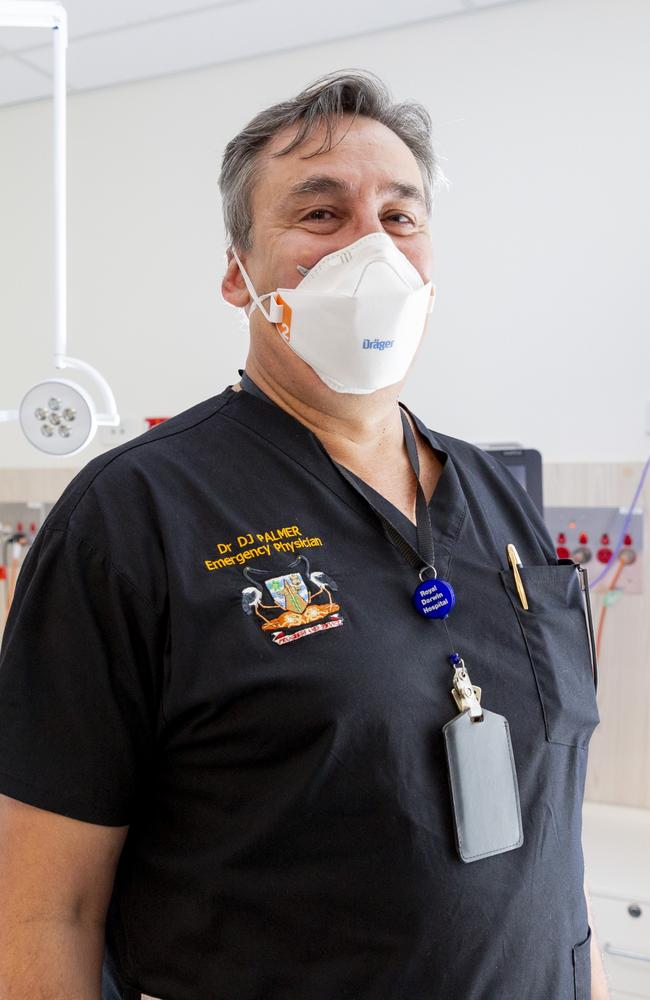
For instance, it took the Royal Darwin ED more than an hour to access the records of a “critically” injured patient who had a “crushed head” resulting in skull fractures and brain bleeds, as the records created in Acacia by the Palmerston hospital, where the patient first presented, had been locked, Dr Palmer said in an email to the Acacia governance team.
The following day, November 13, 2023, Acacia experienced “multiple system freezes” that were escalated all the way to the chief executive of DCDD.
Barely more than a fortnight after Acacia’s introduction into the EDs, discussions were already being had regarding the possible roll-back of the system until it could be brought up to scratch.
It was not just that the previously identified issues remained – new ones had started to emerge.
For instance, on November 28, 2023, Dr John Lambert, NT Health’s Chief Clinical Information Officer, told the NT Health Health Risk and Audit Committee the practice of “double bunking” patients at the RDPH – that is, having two patients in a single ED bay to deal with demand pressures – had not been contemplated by Acacia’s design team.

“Currently, our health system regularly allows double-bunk patients and supporting that is very challenging and atypical for a vendor used to most jurisdictions where that is almost an unheard of event, and if the system can’t fully support that, it affects the billing system,” Dr Lambert said, as recorded in the meeting minutes.
“Therefore, requirement uniqueness was not properly identified while building the system.”
Dr Lambert told the committee staff were also nonplussed at DCDD’s leadership of the Acacia project (formally known as the Core Clinical Systems Renewal Program).
He said there was a perception DCDD had not understood the scale of the issues and just how damaging they were to the smooth operation of the EDs.
He would later say there was a trust deficit between the two government departments, stemming from DCDD’s overconfidence in its product, that required a reset.
“When staff do speak up, DCDD or the project says it is out of scope and cannot be fixed or recommend implement more training or a workaround,” Dr Lambert said, per the minutes.
“Therefore, there is no escalation of issues, and we end up going live with a faulty system that is not fit for purpose.
“It is important to note that some of the issues were identified some two to four years ago and are still present after going live.”

He told the committee either Acacia’s issues needed to be resolved within the month or a decision to revert to the prior systems be made, otherwise staff would “completely lose hope”.
A day earlier, Dr Lambert had told a colleague the situation at Royal Darwin’s ED was “truly awful”.
“I got a physical emotional reaction listening to it, thinking of the people on the coalface and what it must be like for them,” Dr Lambert wrote in an email.
“[The] solution currently not fit for purpose. If it wasn’t going to improve soon we would have to turn it off.
“Sadly Didier [Dr Palmer] reported that most of the issues impacting ED were actually raised 2–4 years ago … others mentioned other issues that were raised long periods of time ago yet not addressed.”
A staff survey the following month, December 2023, made clear there would be mutiny if Acacia was not either fixed promptly or withdrawn from use.
Of the survey’s 102 respondents, 85.7 per cent said the system fell below or well below their expectations; 83.7 per cent said it made their service somewhat or very inefficient; and 86.7 per cent said it made their workflow a little bit or much worse.
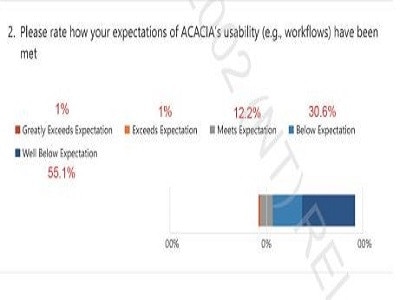
“Acacia is not fit for purpose at RDH ED,” one respondent said.
“It is very cumbersome to use. It is not fit for purpose in terms of effectively running and team-leading the department.
“We have lost oversight of the department to a point where it is dangerous.”
Another said it was “unconscionable” to have rolled out Acacia to the EDs in its existing form.
“The system is extremely dangerous in its current form,” the respondent said.
“The emergency department was already an extremely high risk place to work pre-Acacia – unacceptable levels of overcrowding, double bunking, adverse clinical events, violence and assaults of staff and patients.
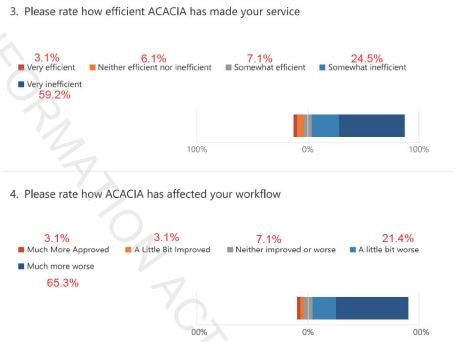
“Acacia has made everything infinitely worse – there is absolutely no oversight of the ED; no clear rapid way of seeing how many patients are actually in the ED and the waiting room, level of acuity and whether patients have actually been assessed by a doctor.
“Waiting times have soared exponentially along with patient complaints.
“Patients are being harmed by Acacia and I find it unconscionable that this system has been allowed to roll out in its current form which is impossible to use and is not intuitive at all.
“It makes me very sad to write this but if this system is not fixed, I will not be renewing my contract.
“I know of several other consultants who feel the same way.”
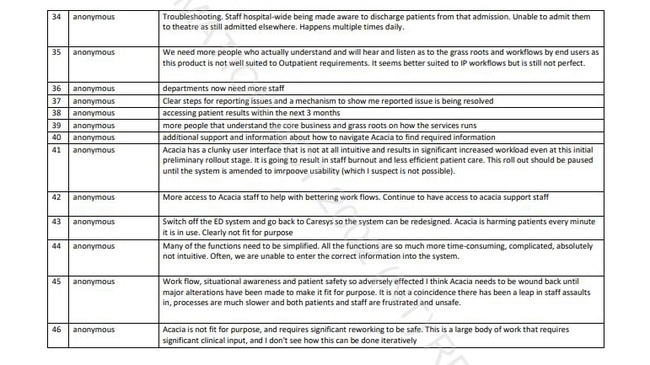
A third respondent shared similar feelings.
“Acacia has made my work in the emergency department so unsafe that I don’t want to come to work,” they said.
“I can’t deliver any kind of remotely acceptable care to my patients.”
Others described Acacia as a “disaster”, “not fit for purpose”, “clunky”, and “user-unfriendly”.
The government documents reveal Acacia was also on track to place unacceptable pressure on the budget (NT Health would ultimately overshoot its budget by more than $200m for 2023–24, leading to a sharp rebuke from then chief minister Eva Lawler).
In an email, Dr Palmer told Dr Luke Butcher, NT Health’s acting regional executive director for the Top End, modelling suggested his EDs would need to roster on an additional 62 admin shifts per week “to make things flow not quite as well as before”.

He was frank in his assessment of the worsening outlook.
“KPIs are through the floor, patient waits extending, and patient dissatisfaction and violence and complaints measurably worsening,” Dr Palmer wrote.
“So patients are being harmed. A perfect storm in some respects.”
The decision to roll back Acacia from the EDs appeared to have been taken on January 9 last year (although internal communications on the matter were woeful, with some of those involved in Acacia still unaware of the move three days later).
“Roll back the only option – trigger has been pulled,” Dr Palmer said in an email.
As if to underscore the need to remove Acacia as soon as possible, one of the most serious glitches occurred a week later, on January 16 – before the reversion to the old systems had been completed.
NT Health’s ministerial liaison director, Rachael Lewis, sent a confidential brief to then health minister Selena Uibo on January 17 summarising what happened.
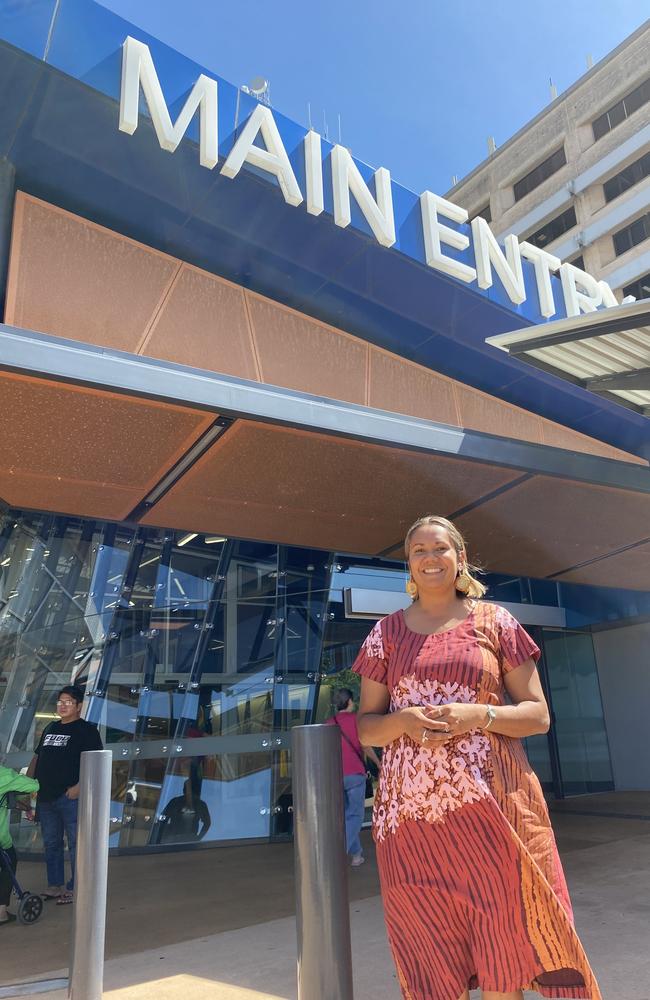
“Issues, possibly involving an Acacia update last night (16 January 2024), caused important functions to be compromised for the Royal Darwin and Palmerston Hospitals (RDPH) Emergency Department (ED), specifically who is next to be seen and who is in the ED,” the brief stated.
“Until approximately 4:00pm today, ED staff had no assistance from the system to prioritise patients according to triage category and wait times.
“The situation presented a significant safety risk to patients.”
The timeline for Acacia’s reintroduction into the RDPH emergency departments remains unclear.
When it was first withdrawn, it was thought a reintroduction could occur within six months, according to emails.
But then in August last year, Royal Darwin Hospital director of anaesthesia Brian Spain told a coronial inquest he didn’t think Acacia could be reintroduced until 2027 at the earliest.

In a statement, a DCDD spokeswoman said Acacia was on track to return to the EDs in April 2025.
Acacia is due to be expanded to Tennant Creek and Alice Springs hospitals later this year.
The spokeswoman said, notwithstanding the teething issues, it should not be forgotten the legacy systems Acacia replaced were nearing the end of their useful lives and Acacia would ultimately improve the provision of healthcare in the Territory.
“Acacia is the largest and most complex digital project being undertaken within government,” she said.
“Once implemented, Acacia will transform the way patient care is delivered to all Territorians, no matter where they live.”
More Coverage
Originally published as Acacia: Documents released under FOI laws show chaos at Top End hospitals after new tech flop





